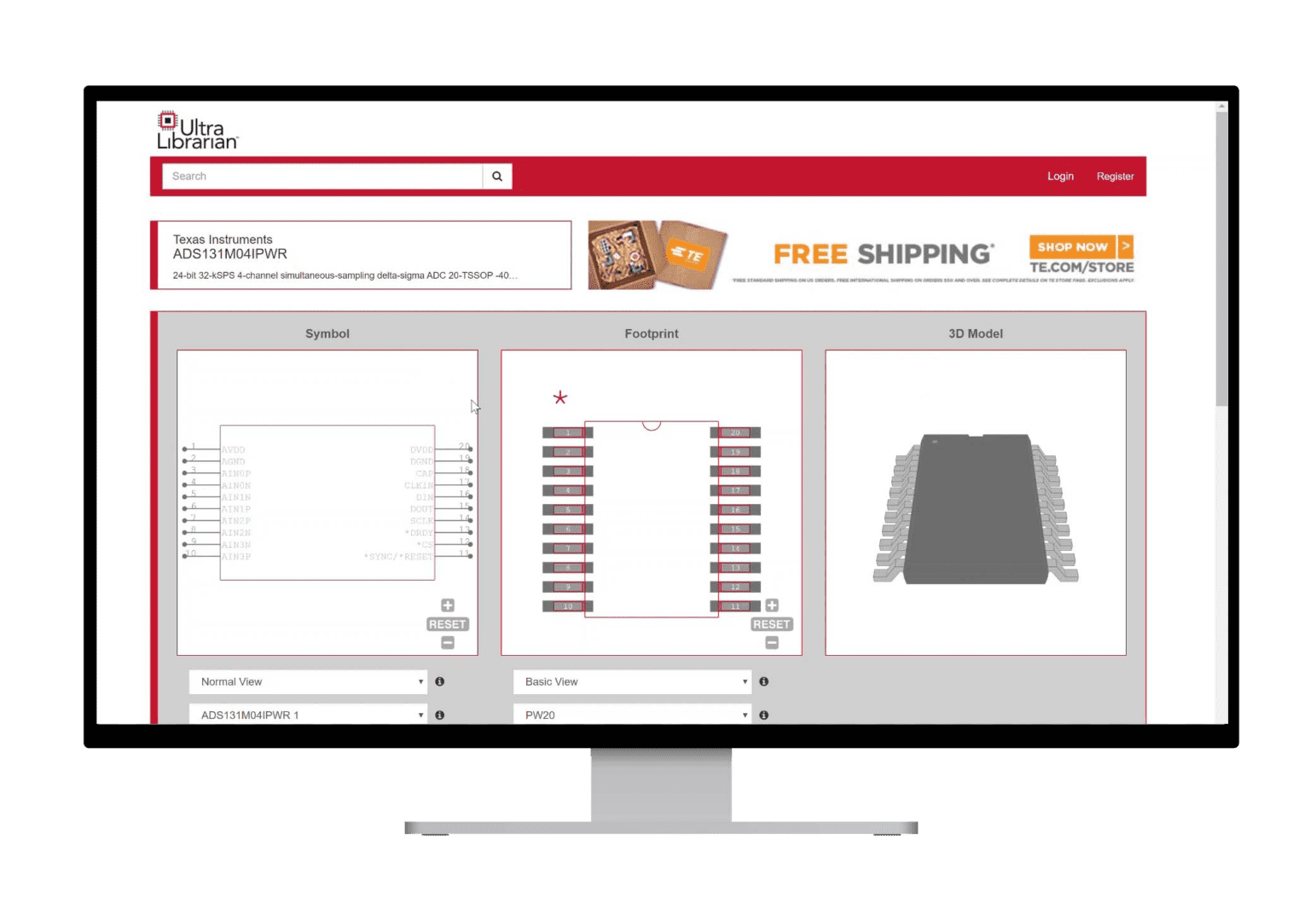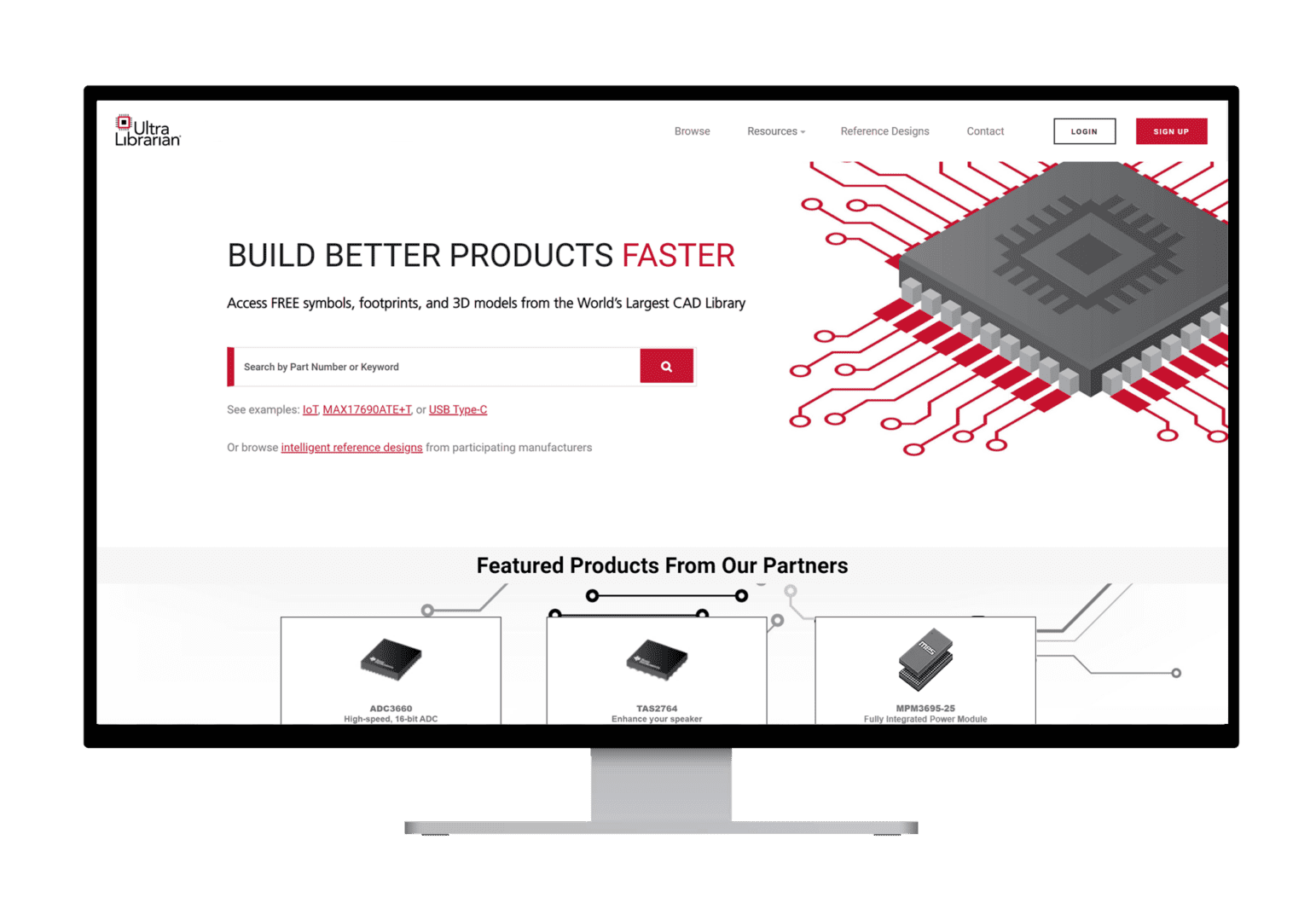


- #How to convert pcad 2001 to orcad 16 software#
- #How to convert pcad 2001 to orcad 16 iso#
- #How to convert pcad 2001 to orcad 16 plus#
At the end of training the electronics development staff were quite confident to use Pulsonix immediately on a new, high profile project with a short development timescale. During the training course Eschmann staff all found the product quite simple to understand and progress was fast. The decision was made in favour of Pulsonix and the system comprising 6 Schematic licenses, 2 Pulsonix Spice, and 1 Pulsonix PCB Layout seat with autorouter, was ordered and installed in October 2001. As with the rest of the toolset, Pulsonix Spice was found to be an easy to learn, cost effective tool that completely matched the company requirements in mixed-mode simulation. The fast backward and forward annotation in Pulsonix meant the company could efficiently conduct concurrent design capture and layout, which was essential to meet the development deadlines. The Pulsonix Schematics, Simulation and PCB Layout tools was found to be an integrated tool-set.
#How to convert pcad 2001 to orcad 16 plus#
In comparison, Eschmann found that the new product, Pulsonix, delivered a state-of-the-art system meeting the company specification for performance plus ease of use at only a fraction of price quoted for the PADS product both in terms of purchase and ongoing support costs. PADS was found to be a comprehensive and powerful system, but certain factors were not favoured by Eschmann: (a) the Schematics product proposed was Viewdraw.This product looked quite different to PowerPCB and Eschmann concluded this could result in a long learning curve which would not be acceptable and (b) the purchase price and ongoing maintenance costs with PADS were quite high and would be difficult to justify. The short-list came down to PADS PowerPCB and Pulsonix.

P-CAD 2001 was rejected as the product did not appear easy to understand engineering change order handling was not as straightforward as they required and copper creation was not to the standard required. OrCAD was quickly rejected as Schematics and Layout were not integrated enough and the OrCAD Layout system could not address the complexity of designs adequately.
#How to convert pcad 2001 to orcad 16 software#
Eschmann requested a detailed demonstration and then an in-depth, on-site evaluation of each complete software system. Eschmann's design department always have a high workload of new projects, and so a short learning curve was essential.They simply could not accept the type of delays normally experienced ramping-up with a new Design Capture and Layout product.Īfter an initial search they came down to a list of products that met the initial criteria.This was PADS PowerPCB, P-CAD 2001, OrCAD and a new product, Pulsonix.
#How to convert pcad 2001 to orcad 16 iso#
Starting May 2001 the company commenced an evaluation of alternative PCB design, simulation, and layout solutions.The specification was for a product delivering significantly higher performance to overcome as many as possible of the short-comings experienced with the existing Mentor system.This would enable the product development department to meet the ever-shortening new product lead-times, but at the same time maintain the company's ISO 9001 quality standards.Įschmann electromedical products are usually mixed analogue/digital designs so it was important that the new system was expanded to include a reliable mixed-mode SPICE simulator, preferably integrated into the Schematic design and PCB Layout environment.Though high performance was required, the product had to be easy to learn and understand. As a side issue, ongoing support costs with the Mentor system were quite high and were no longer sustainable by the engineering department. Updates to the layout during development needed to be by a fast and efficient method of engineering change orders (ECOs). Eschmann engineering staff needed to start the design capture, transfer to PCB at an early stage and while the Layout process was under way, complete the design. Many Eschmann product variants are reworked from existing layouts and this could not be conducted quickly enough with the existing tools.Īnother major factor was that concurrent schematic and layout was not possible with the Mentor system.This meant that design capture and layout was always a sequential process, which was no longer acceptable. It was determined that the existing system could no longer support the design department's ability to achieve development deadlines. It was then decided to seek a replacement system for the existing Mentor Schematic Capture and PCB Layout. Eschmann Equipment realise major benefits after switching CAD tools to Pulsonix The existing CAD systemĮarly in 2001 an internal company review was undertaken on the efficiency of the existing Design Capture and PCB Layout tools.


 0 kommentar(er)
0 kommentar(er)
